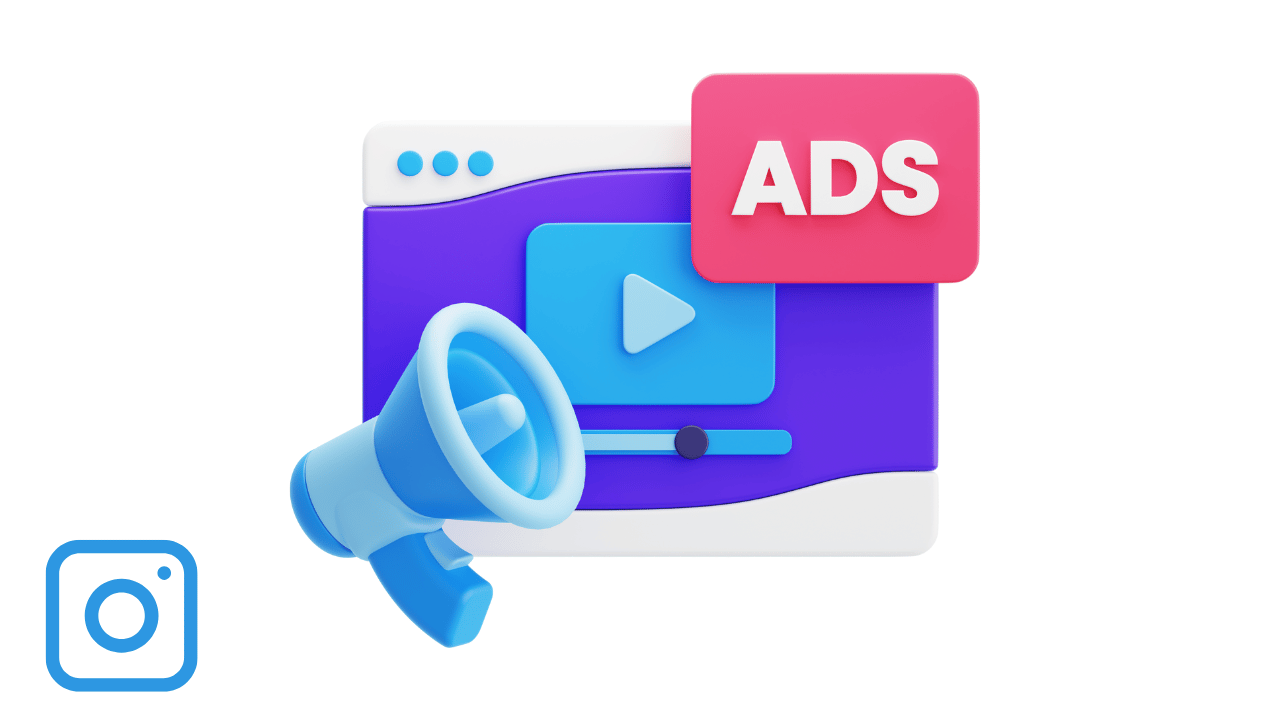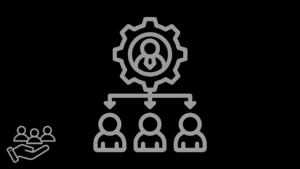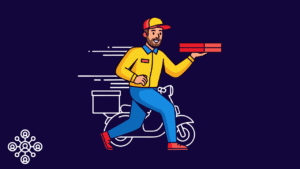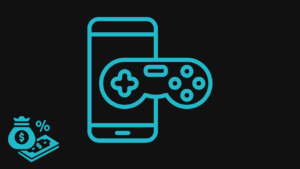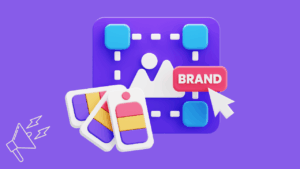Instagram is a crowded stage. The right ads put your brand in front of the right people at the right moment. You do not need a big budget or advanced jargon to start. You need a clear goal, a calm setup, and a simple plan to measure what works. This guide walks you from zero to your first live campaign inside Meta Ads Manager, then shows you how to read results and improve without burning money. In this article, we’ll learn & explore how to run efficient Instagram ads, providing a step-by-step guide for beginners.
Why Instagram ads work: Run ads for beginners
Attention on Instagram is visual and fast. People scroll with a thumb and decide in a heartbeat. Ads that feel native and useful can win new visitors using our Instagram ads guide for beginners, fill carts, and grow your community. The platform’s targeting combines interests, intent signals, and your own data. That means you can show a video about a summer drop to people who already watched your last clip, or remind recent site visitors to finish checkout. Done well, Instagram ads become a steady tap that you can open wider as returns improve.
Set the foundation before you spend a dollar
Prepare these pieces and the actual build will take minutes with Instagram ads guide.
- Convert your Instagram account to a business account, then connect it to a Facebook Page inside Meta Business Suite
- Create or claim a Business Manager so your assets live in one place with roles and permissions
- Install the Meta pixel or set up the Conversions API so your site events track correctly
- Define a single conversion event that matches your goal, for example purchase or lead
- Build one Custom Audience from recent site visitors, one from engaged Instagram users, and one from your customer list
- Create a lightweight brand kit, colors, fonts, logo, and a short style note so ads look consistent
Pick the right objective for your goal
Meta will optimize toward the objective you choose. Match it to the action you actually want.
| Goal | Best objective in Ads Manager | Recommended formats | Primary KPIs | Good first test |
|---|---|---|---|---|
| Store sales | Sales | Reels, feed video, carousel, collection | Purchases, cost per purchase, return on ad spend | One product video plus one carousel |
| Leads | Leads or Sales with lead event | Feed image, Stories lead form, Reels | Leads, cost per lead, lead quality | Native instant form with three custom questions |
| Traffic with intent | Traffic or Sales with view content event | Reels, Stories, feed image | Landing page views, time on page, bounce rate | One short video and one square image |
| Engagement | Engagement | Reels, Stories polls, carousels | Thruplays, saves, profile visits | Reels with on screen prompt to save |
| App installs | App promotion | Reels, Stories vertical video | Installs, cost per install, day one retention | Seventeen second demo with captions |
Build your first Instagram campaign in seven clean steps
Step one, create the campaign
Open Ads Manager, click Create, then pick the objective that matches your goal. Name the campaign clearly, include goal and date. Leave special categories alone unless you are in housing, credit, or employment.
Step two, set the budget level
Choose campaign budget if you want Meta to shift spend between ad sets automatically. Choose ad set budgets if you want strict control. For beginners, start with campaign budget so the system finds wins faster. Begin with a small daily budget you can keep steady for a week. Learning needs stability.
Step three, define the audience Instagram ads guide for beginners
Start with one or two ad sets. Use a warm audience for the first ad set, for example recent site visitors or engaged Instagram users from the last thirty days. Use a cold audience for the second ad set, for example interests that match your niche plus a broad age range. Avoid stacking too many interests. Let delivery learn. If you have a healthy customer list, build a lookalike and keep it in its own ad set.
Step four, set placements
Choose Advantage placements to let Meta deliver across Feed, Reels, Stories, and Explore. If you must control it, select manual and pick Feed and Reels first. Stories can perform well for vertical creative. Test placements rather than guessing. Begin wide, then refine.
Step five, schedule and bid Instagram ads guide for beginners
Start today and run continuously. Use the default bid strategy at first. Later, when you know average costs, you can test cost controls. Avoid tiny one day flights. Give the system enough time and volume to learn.
Step six, build the creative
Pick a format that fits how people consume content on Instagram. Short vertical video performs well. Carousels let you tell a quick story. Keep safe areas clear of text so captions and buttons do not cover important parts. Use motion or a noticeable first frame to stop the scroll. Add clear on screen text since many people watch with sound off. End with one call to action. Shop now, learn more, sign up.
Step seven, wire tracking and publish: Instagram ads guide
Add your URL and UTM parameters so analytics tools can attribute results. Choose your conversion event if you are optimizing for sales or leads. Preview the ad in Feed, Stories, and Reels views. Check spelling, price, and availability. Click publish.
Creative that wins on Instagram to run ads
Great creative is specific, fast, and human. You have one second to earn the next two.
- Hook in the first second with motion or a bold benefit, then pay it off quickly
- Show the product in use, not only the logo, let viewers imagine the result in their own life
- Use captions or text overlays so the message lands with sound off
- Keep videos short, fifteen to thirty seconds covers most needs
- Write primary text like a friend, short and direct, one benefit, one proof, one call to action
Try this simple script. Show problem, show solution in action, show result, invite action. Record with a phone in natural light. Authentic beats glossy when the story is clear.
Your first testing plan
Testing without a plan burns money. Keep it simple.
- Test two creatives against the same audience for seventy two hours, change only one thing at a time
- Use one warm ad set and one cold ad set so you can compare response
- Avoid edits during the learning phase, big changes reset it
- Pause weak ads after about one thousand impressions if cost is far above average
- Keep a notes document, record what you tested and what you learned
Budget, bidding, and the learning phase
The algorithm needs enough conversions to learn. As a rule of thumb, aim for at least fifteen conversions per week per ad set when optimizing for sales or leads. If your budget cannot reach that number yet, start with a softer event such as add to cart or landing page views, then move to purchase or lead once you have data. Remember the goal is profitable volume, not pretty click numbers. Raise budgets slowly to avoid shocking delivery. Ten to twenty percent per day is a safe range.
Read your results like a pro to run Instagram ads
Do not judge performance on one metric. Pair outcomes with costs and with quality signals.
- For sales campaigns, watch purchases, cost per purchase, and return on ad spend
- For leads, watch lead quality, not only cost, ask sales to tag good leads
- For traffic, watch landing page views instead of link clicks, bots cannot pass a page load
- For engagement, watch saves and profile visits, not only likes
Set a custom column view that shows results, cost per result, conversion rate, and amount spent. Compare within the same time window. For attribution, use the default click through window to start. As you scale, compare platform numbers with your analytics tool so you understand differences.
Table of common goals and the best creative angle
| Goal | Best creative angle | Ideal length or format | Call to action tip | Optimization note |
|---|---|---|---|---|
| Drive first purchases | Problem to solution to proof | Fifteen to thirty seconds Reels or Feed video | Mention a first order perk if you have one | Optimize for purchases; use a warm audience and a broad interest audience |
| Grow the email list | Value lead magnet preview | Stories with native form, or short video with link | Promise a clear outcome in the first line | Optimize for leads; keep form short and follow up fast |
| Sell tickets or appointments | Urgency plus social proof | Carousel with dates and faces or short vertical video | Add location and date on screen | Optimize for purchases or conversions; schedule reminders |
| Promote an app | Feature demo in context | Seventeen to thirty seconds with captions | Show the finger tap and the result | Use app objective; show the first session experience |
| Build awareness | Brand world and mood | Reels montage with music and text | Invite a save or follow, not a hard sell | Optimize for engagement; retarget engagers later |
Run Instagram ads: Fix issues fast
High cost per result
Your audience may be too narrow or your creative does not match the intent. Open placements, refresh the hook, and simplify the message.
Plenty of clicks and few conversions
Your landing page may be slow or confusing on mobile. Improve load speed, reduce fields, match ad promise to page content.
Good results but delivery stalls
Increase the budget gradually or broaden the audience. Duplicate the winning ad set and test a second creative to expand reach.
Comments hurt the vibe for beginners on Instagram ads
Respond with kindness where possible and hide hateful or spammy comments. Strong moderation protects brand trust.
Seven day launch plan
Day one
Connect accounts, confirm pixel or Conversions API, and build one warm audience and one cold audience.
Day two
Write a simple brief. One goal, one audience, one offer, one call to action. Record or cut two short videos and one image.
Day three
Create the campaign with your chosen objective and campaign budget. Build two ad sets, one warm and one cold. Load two creatives into each.
Day four
Publish. Verify previews on a phone. Check for broken links and tracking.
Day five
Let delivery learn. Do not edit unless you see a clear error. Respond to comments.
Day six
Review early signals. Pause obvious laggards. Keep notes on hook, length, and placement.
Day seven
Raise budget on the winner by a small amount. Plan the next two creatives based on what people saved, commented, or watched through.
Frequently asked questions
Do I need a Facebook Page to run Instagram ads. Yes, Ads Manager connects through a Page, even if you only show on Instagram.
Should I boost posts or use Ads Manager. Ads Manager gives better control and clearer reporting. Boosting is fine for a quick nudge, yet build real campaigns in Ads Manager as soon as you can.
How big should my audience be. Start broad enough to let the system learn, often several hundred thousand people in a country level target. Use your warm audiences for efficiencies while you test creative for the cold set.
What creative wins more often. Short vertical video with a clear hook and on screen text wins frequently. Carousels also perform well when each card moves the story forward.
How long should I run a test. Give each ad seventy two hours unless costs are extreme. After that window, keep what beats your target and pause the rest.
Final thoughts
Running Instagram ads is not a mystery. Choose a clear objective, build two simple audiences, test two pieces of creative, and let the system learn. Keep your message human and your landing pages fast. Read results with focus on the action that matters to your business. Improve one element at a time and raise budgets slowly. With this calm approach, your first campaign will ship in a day and your next campaigns will scale with confidence and control.
